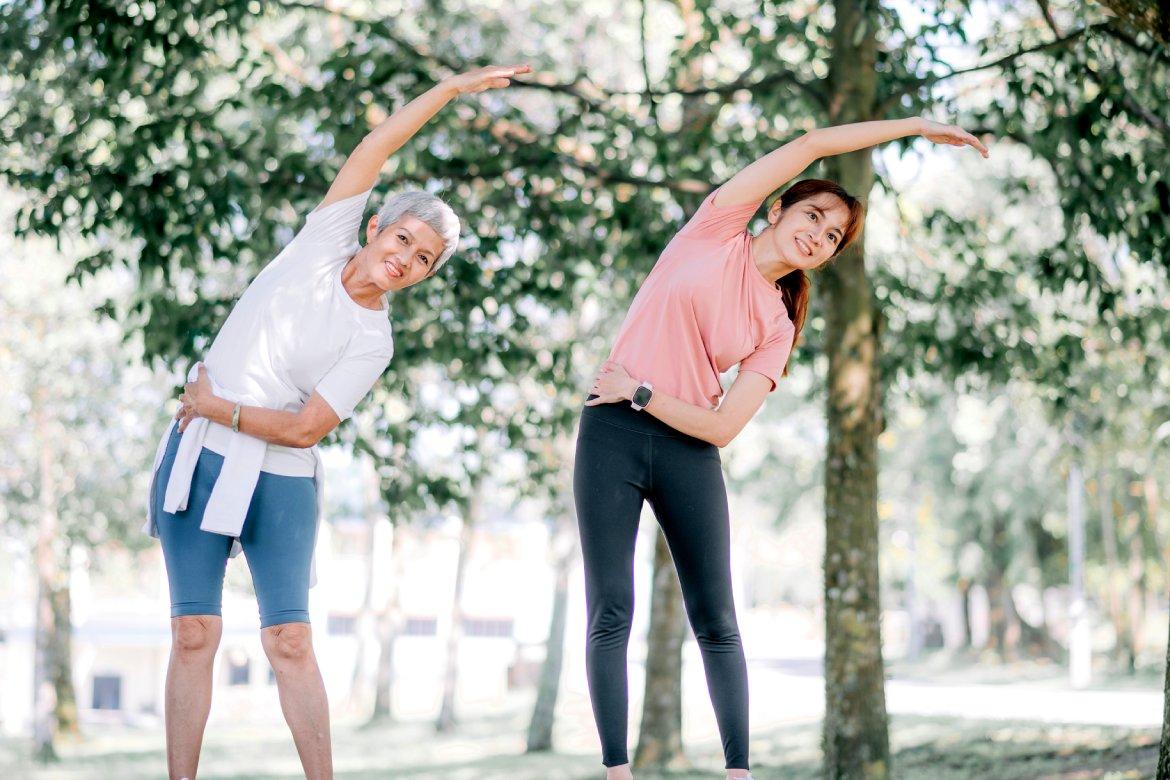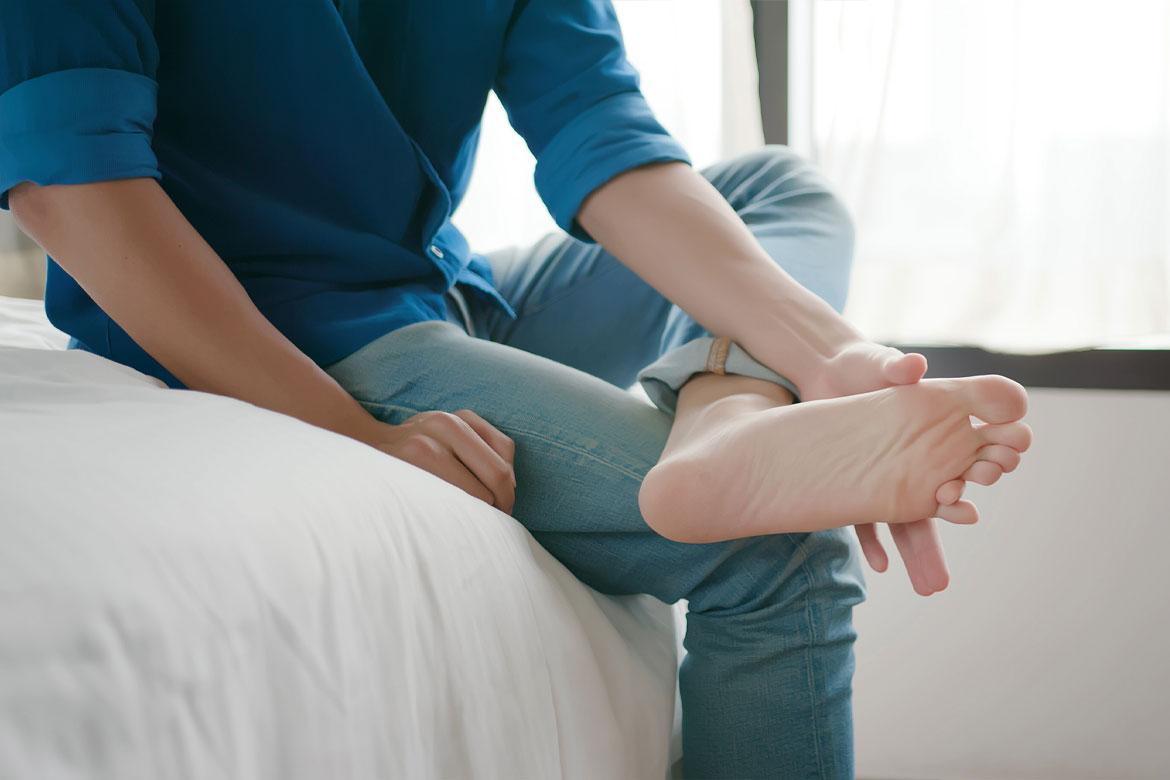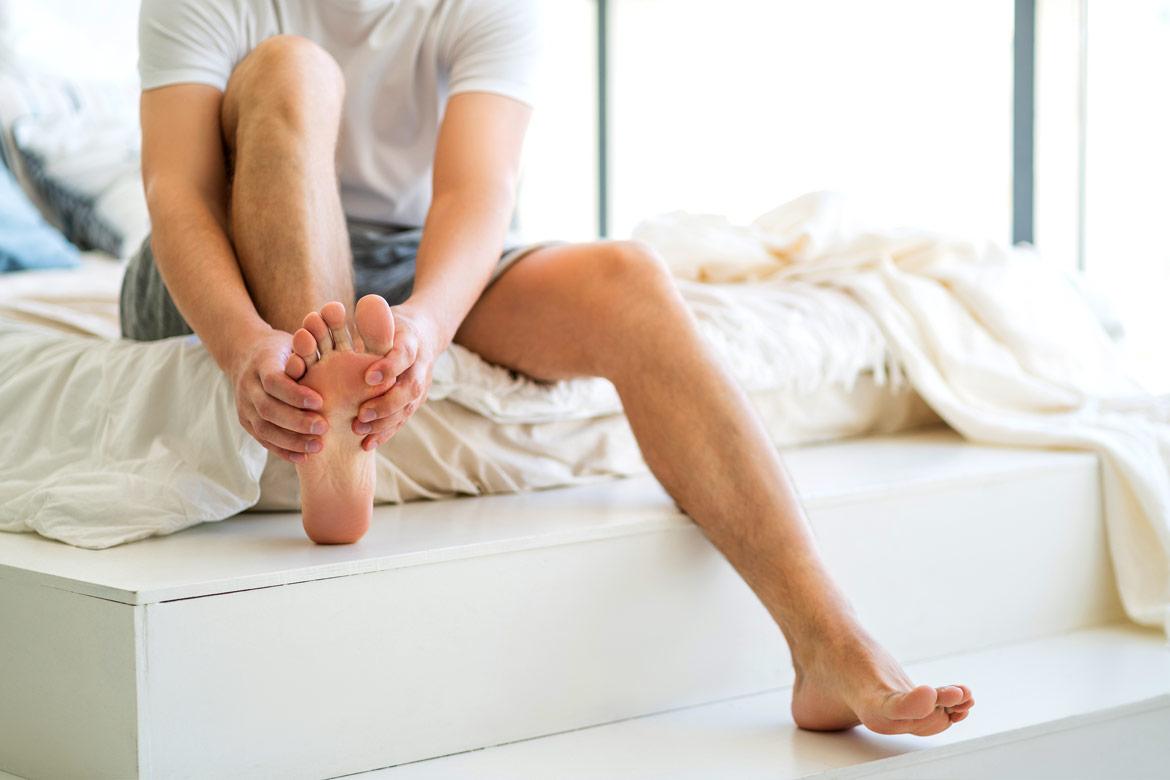-
-
Featured Care Areas

Bow Legs (Genu Varum)
Frequently asked questions
A: Conditions such as Paget’s disease and rickets can cause bow legs to develop in adulthood:
- Paget's disease is a metabolic disease common in older people. It affects the way bones break down and rebuild. This causes the rebuilt bones to be weaker than usual, which can cause the legs in adults to become bowed.
- Rickets is a disease caused by prolonged deficiency of vitamin D, which is essential for the healthy growth and development of bones. This condition causes the bones to become soft and weak, causing the legs to bow over time.
In addition, infection, injury, and conditions that affect bone and cartilage growth can lead to bow legs in old age.
A: Knee replacement surgery is not aimed at fixing bow legs. Bow leg surgery (called osteotomy) aims to straighten the leg bones and can prevent the need for future knee replacement surgery.
A: Having a family member who had bow legs may indicate a genetic tendency for bow legs, including degenerative conditions such as osteoarthritis.
A: If untreated, bow legs can get worse with age. In young children, bow legs tend not to cause discomfort or pain, but the condition can get worse over time.
This coverage checker is brought to you by Health Insured, an online resource that helps you understand your health coverage in Singapore.
This page has been reviewed by our medical content reviewers.
Need help?
For enquiries, please call
+65 6377 3737
For appointment bookings, please WhatsApp
+65 8111 3777








